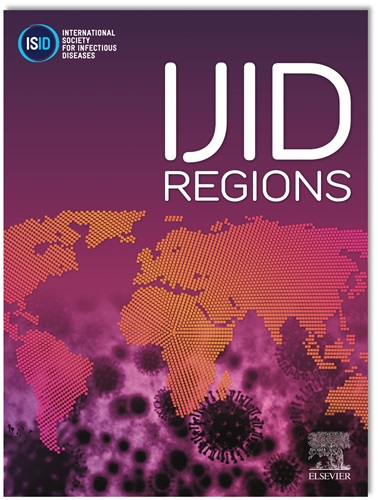Eritrea's blueprint for trachoma elimination: A home-grown model for sustainable impact
IF 4.8
2区 医学
Q1 INFECTIOUS DISEASES
引用次数: 0
Abstract
Purpose
This overview highlights Eritrea's progress in trachoma elimination from 2006 to 2024, emphasizing the Surgery, Antibiotics, Facial Cleanliness and Environmental Improvement (SAFE) strategy, pillars of the Neglected Tropical Diseases (NTD) Roadmap, and geostatistical mapping's role in achieving elimination targets.
Methods
Trachoma Impact Surveys (TIS) and Surveillance Surveys (TSS) monitored WHO-endorsed SAFE strategy interventions and progress, with model-based geo-statistics providing more precise prevalence estimates.
Results
Eritrea has attained open defecation-free status in 93% of villages, performed 22,546 Trachomatous Trachiasis (TT) surgeries, and integrated surveillance data into the District Health Information System (DHIS2). TT prevalence among those 15 years and older has significantly decreased, with many areas below the World Health Organization (WHO) threshold of 0.2%. Eritrea reduced TF prevalence among children aged 1 to 9 years from over 10% in 2006 to less than 5% in 2022, and TT prevalence among adults aged 15 and older from 3% to below 0.2% in most regions.
Conclusion
Eritrea's innovative approaches and strong partnerships provide a model for other countries facing NTDs. Reliable data have been crucial for targeting resources and monitoring progress toward trachoma elimination.
求助全文
约1分钟内获得全文
求助全文
来源期刊
CiteScore
18.90
自引率
2.40%
发文量
1020
审稿时长
30 days
期刊介绍:
International Journal of Infectious Diseases (IJID)
Publisher: International Society for Infectious Diseases
Publication Frequency: Monthly
Type: Peer-reviewed, Open Access
Scope:
Publishes original clinical and laboratory-based research.
Reports clinical trials, reviews, and some case reports.
Focuses on epidemiology, clinical diagnosis, treatment, and control of infectious diseases.
Emphasizes diseases common in under-resourced countries.

 求助内容:
求助内容: 应助结果提醒方式:
应助结果提醒方式:


